Significance of Conducting "Search for 3.11: Searching Is Empowering," on March 11ーCorporate Officer Shares His Thoughts on Recovery Support/Disaster Prevention
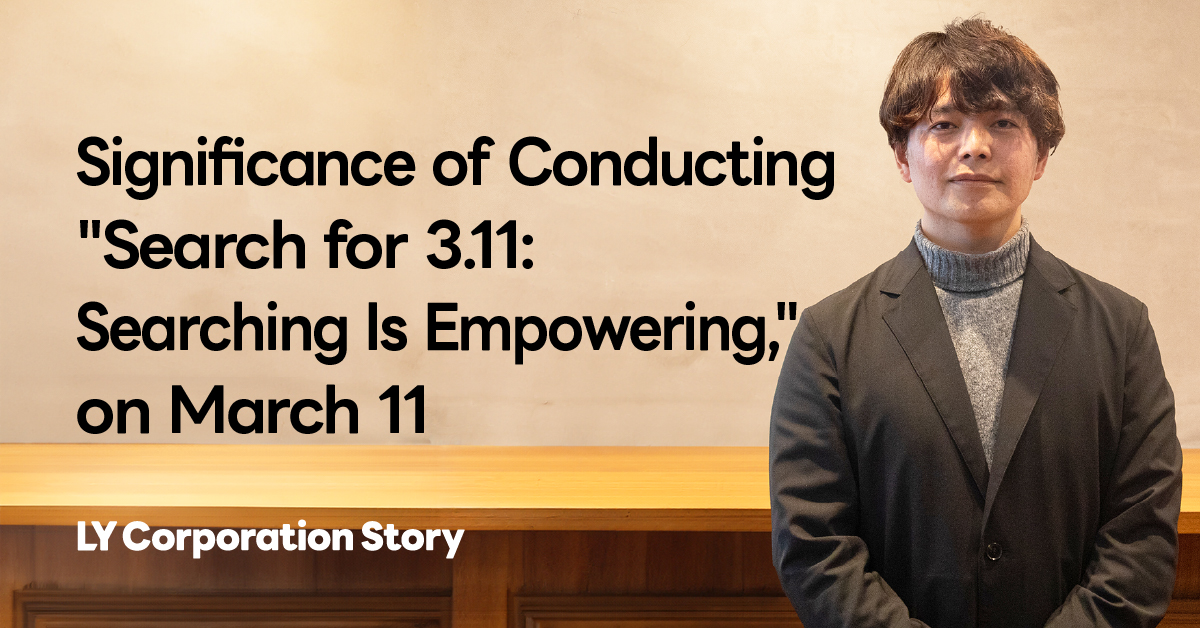
LY Corporation holds "3.11: What Can We Do Now," again in 2024, a project aimed at continuous support for areas and people affected by the 2011 Great East Japan Earthquake, preventing the disaster from being forgotten and raising awareness for disaster prevention. One of the initiatives is "Search for 3.11: Searching is Empowering," through which LY Corporation donates JPY 10 per user who searched with the keyword of "3.11" in Yahoo! JAPAN Search or LINE Search (Search window at the top of LINE News tab) on the day of March 11. The donation will be sent to organizations involved in supporting the disaster-affected areas. Moreover, this year, in response to the 2024 Noto Peninsula Earthquake, the helping hand is scheduled to be extended to the organizations who work for recovery aid of the Noto region.
The 3.11 project was launched in 2014 led by Nishida who was then responsible for Yahoo! JAPAN Search. Now, he is the Senior General Manager of Sustainability Group. We asked for his thoughts on what made him undertake the project, and his visions after the corporate merger.
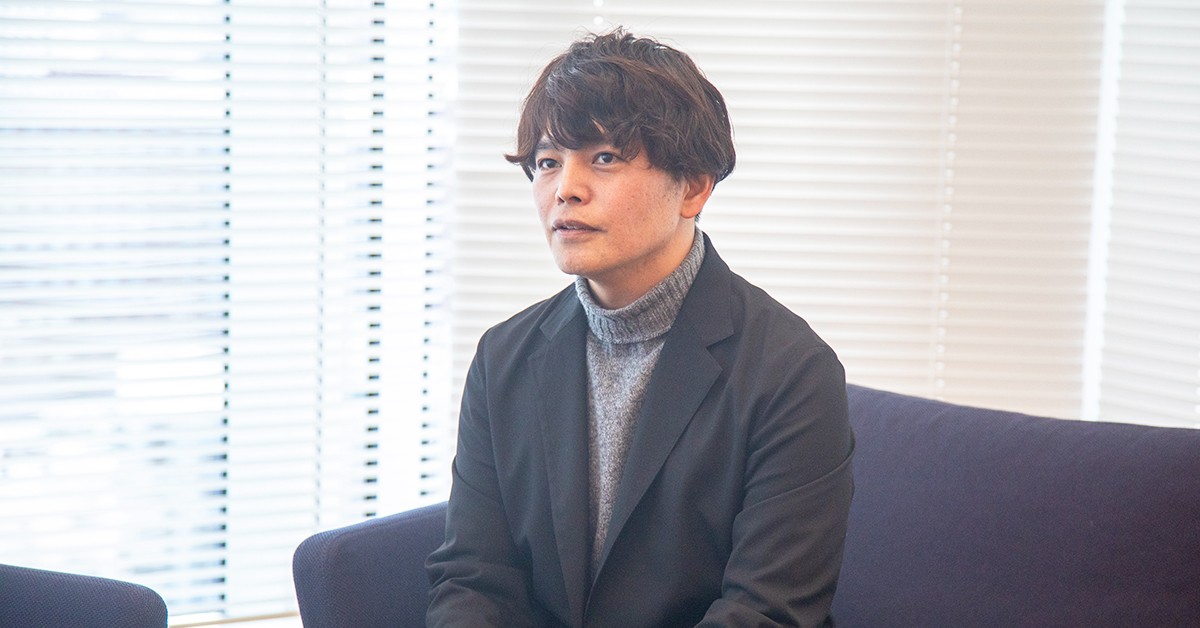
Shuichi Nishida
Corporate Officer, Senior General Manager of Sustainability Group.
Joined Yahoo Japan Corporation in 2004. From 2006, became responsible for the Top Page of "Yahoo! JAPAN" website. In 2013, was transferred to Search Division. Launched a recovery support campaign for Great East Japan Earthquake, "Search for 3.11: Searching is Supporting." Assumed the position of Vice President of Search Business Division and Vice President of Search Media Unit in 2015 and appointed Corporate Officer from 2017.
Simple UX by Integrating Social Challenge Response Into Marketing
――Please let us know why you planned the campaign, "Search for 3.11," which is the predecessor of "Search for 3.11: Searching is Empowering."
When the earthquake stroke in 2011, I was in charge of the Top Page of Yahoo! JAPAN website. Smartphones were not really prevalent in those days and people mainly used PCs for internet access. Since I was in charge of an influential media outlet, I was routinely thinking about what we could do as a service provider, and planning ahead for disaster preparation including emergency response actions.
However, when such a large-scale disaster rocked the Tohoku region, it was too difficult for us to grasp the situation. I deeply regret that we could not take responsive actions effectively, and just felt a sense of helplessness in the face of the disaster. I still believe that we could have done better.
After that, I was transferred to Search Division in 2013 and became responsible for planning and marketing. With the regret of the experience from 2011 in mind, I looked for a way to integrate social challenge response into our services: responding to natural disasters through marketing. I happened to see a cross-campaign between a global entity and UNICEF, in which part of product revenue was utilized to aid children in Africa through UNICEF. I planned a similar scheme triggered by this campaign in our Search service, which is a huge pillar of our business.
In our scheme, we can convey supportive messages to the people in the disaster-stricken areas by showing the number of queries, and the messages will be directly converted into money which will become a relief aid donation. Furthermore, users will be reminded of the affected areas when they search the keyword, which is worthwhile effort to remember the disaster.
――What are the tips to make this project last so long? I believe you have recieved great response.
We started the project on a small scale because it was such an unprecedented project and we could not predict whether users will accept it. However, even from the first campaign, so many users were willing to join (about 2.56 million users) and we were able to increase project recognition. The project became popular and was well received in the marketing field enabling us to continue the initiative for such a long period of time.
I believe the reason behind the success is the simple scheme, which is easy to understand without explanations. I also think our content is well compatible with the social media.
My son was 2 years old when the Great East Japan Earthquake occured. At that time, he was too young to understand this campaign using web search. But when he became a middle school student, he learnt this initiative of "Search for 3.11" from somewhere and said, "I want to try it on my own." This campaign does not require individuals to bear costs, therefore it is easy for children to participate in, and I was so delighted to know that the younger generation including my son was interested in the project.

Prevent Fading of Disaster Memories: Build Resilience to Future Disasters
――How is the donation collected through "Search for 3.11: Searching is Empowering" utilized for areas and people affected by the disaster?
The donation has been used to aid multiple disaster relief organizations.
The Great East Japan Earthquake hit wide areas, such as Miyagi, Fukushima, Iwate Prefectures and others. In these areas, there are many nonprofit organizations engaged in ongoing activities, so we donate to these organizations to support the disaster relief and recovery processes.
Our donations are used to serve roughly two types of needs, one is measures to prevent disaster memories from fading and the other is funds to support the future. For example, an organization called "3.11 Memorial Network" provides and supports "Kataribe guides" who conduct storytelling activities to pass on memories of the disaster in various areas of the three prefectures.
Another organization called "Sokoage" helps to provide learning opportunities for children, targeting middle and high school students in Kesennuma City of Miyagi, and primary school students in Naraha Town of Fukushima.
Activity reports by donation recipients (Japanese only)
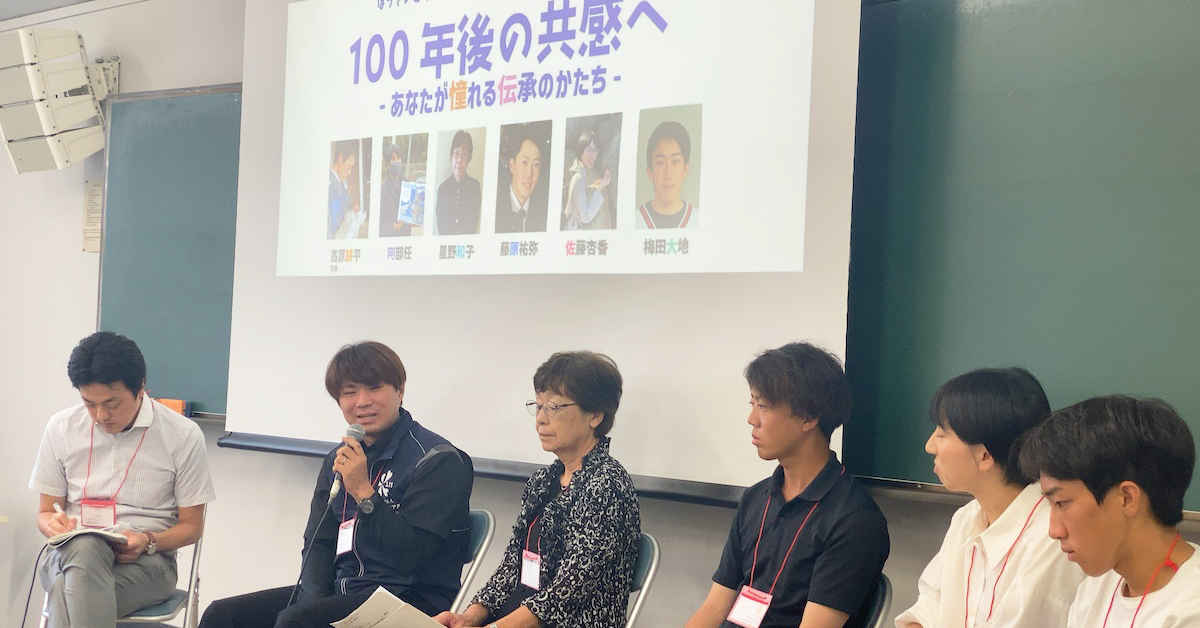
Efforts taken by Public Interest Incorporated Association 3.11 Memorial Network to prevent the disaster from being forgotten. (Photos taken by 3.11 Memorial Network)
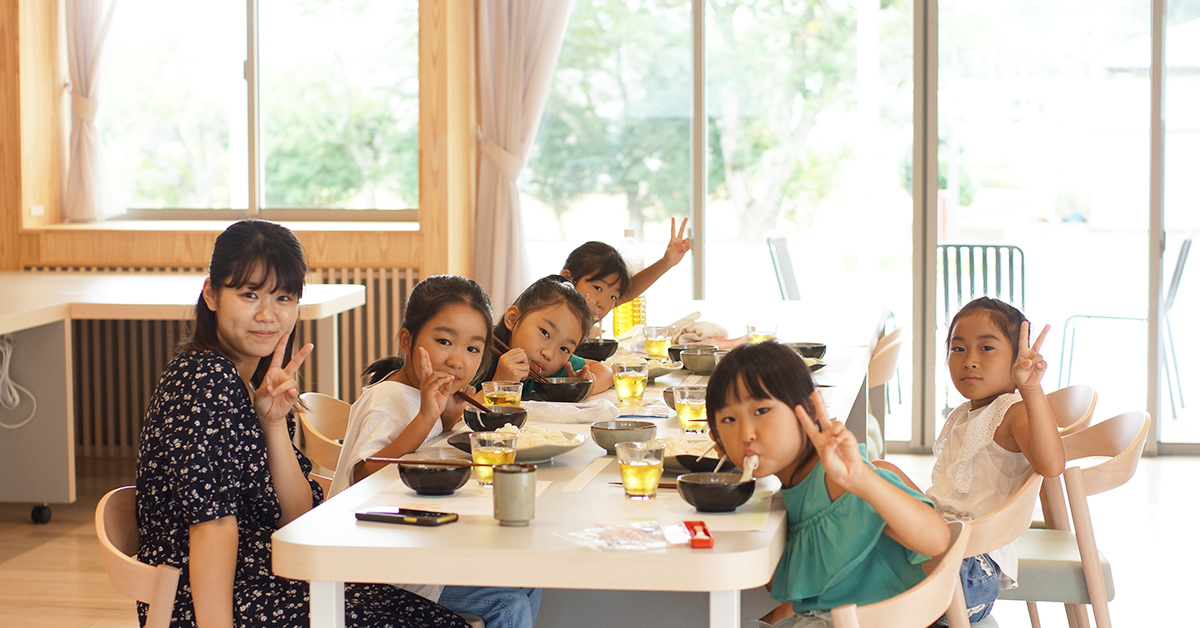
Initiatives for children's educational support in Naraha town of Fukushima by Certified NPO Sokoage.
――13 years since the Great East Japan Earthquake, there are growing concerns that the memory of the disaster may fade away. What measures should we take as LY Corporation?
First, our memory tends to weaken over time, but is that a bad thing? Of course, it is important to remember what happened, but some people can go one step forward only by forgetting details. I would say that fading of negative memories is not always evil.
On the other hand, since earthquake-prone Japan sits at the confluence of four tectonic plates, many natural disasters have hit the country from time to time. Each time, many sacrifices have been made, and Japan lives with disasters throughout its history.
Therefore, I believe that at the very least, we must hand over the portion of disaster memories to the next generation, it is not acceptable to end up with nothing. I think looking back at things of the past is meaningful when we face the future.
Japan designates September 1, the day the Great Kanto Earthquake occurred, as Disaster Prevention Day. It gives us a thought provoking opportunity to remember what happened on the day, and also to be prepared for future risks by attending drills and checking emergency supplies. We as a media and social media provider, it is also our role to raise public awareness through our initiatives.
"3.11: What Can We Do Now," in 2024 Extended Support to Disaster Relief Efforts for the Noto Peninsula Earthquake
――What is the background of including support to the areas affected by the Noto Peninsula Earthquake in this scheme?
This year, a major earthquake struck the Noto Peninsula. But March 11 is still the day that the Great East Japan Earthquake occurred. Therefore, in the 3.11 Project, we need to disseminate the message to keep remembering the day and providing appropriate support for the Tohoku region's recovery. Meanwhile, there were some discussions saying, "The people in the Noto Peninsula are also waiting for support." "What we can do for them right now?" As a conclusion, we decided to send part of the donation to the organizations involved in supporting the Noto Peninsula.
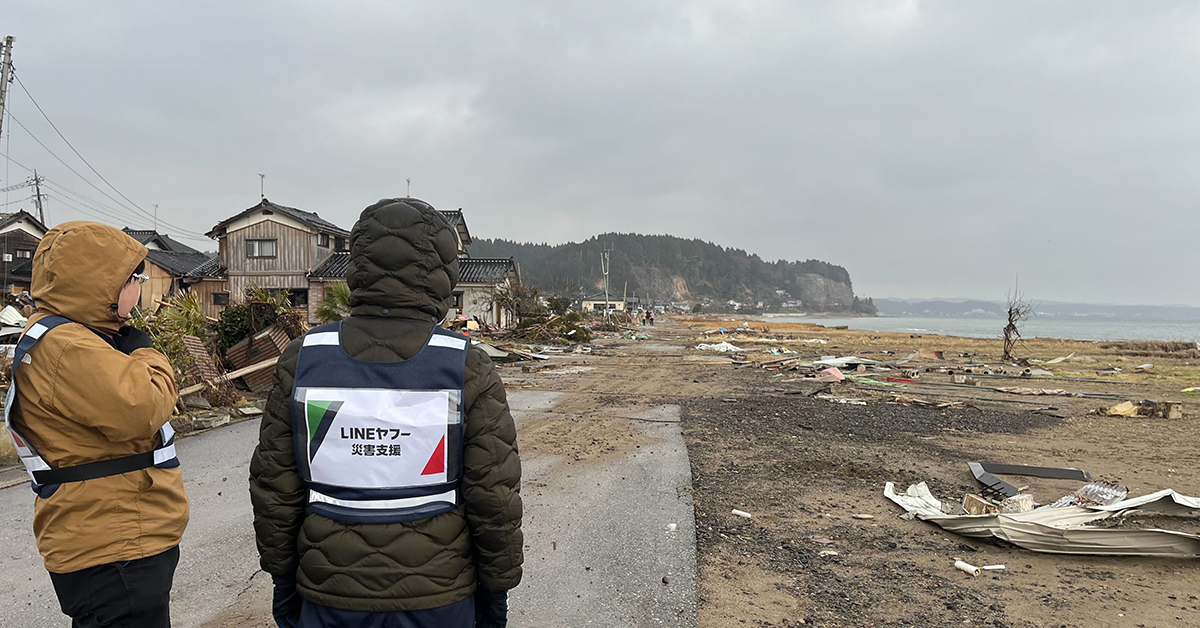
*Photo shows the tsunami-hit Horyuumachiukai district in Suzu City. (Feb.2, 2024)
――Please let us know what you did and felt, when you visited the Noto Peninsula.
I visted evacuation shelters, societies of commerce and industry, ryokans (traditional hotels) in Nanao and Suzu Cities, and dialogued with multiple parties, including local assembly members, fishery workers, traditional craftsmen and business executives. They shared anxiety toward the future and ideas to revitalize the areas with us. Futhermore, we were able to talk to our donation recipients and ask about their current challenges. Based on information we directly heard from the people who live in disaster-stricken areas, we are communicating with project members and discussing what can we do now and in the future.
Due to the geographical traits of a peninsula, it was difficult to swiftly deliver supplies to the Noto Peninsula, and I got an impression that this is delaying the reconstruction processes. I thought that necessary supports differ from past disasters, and we need to figure out when is the appropriate timing, and how to support the Noto region.
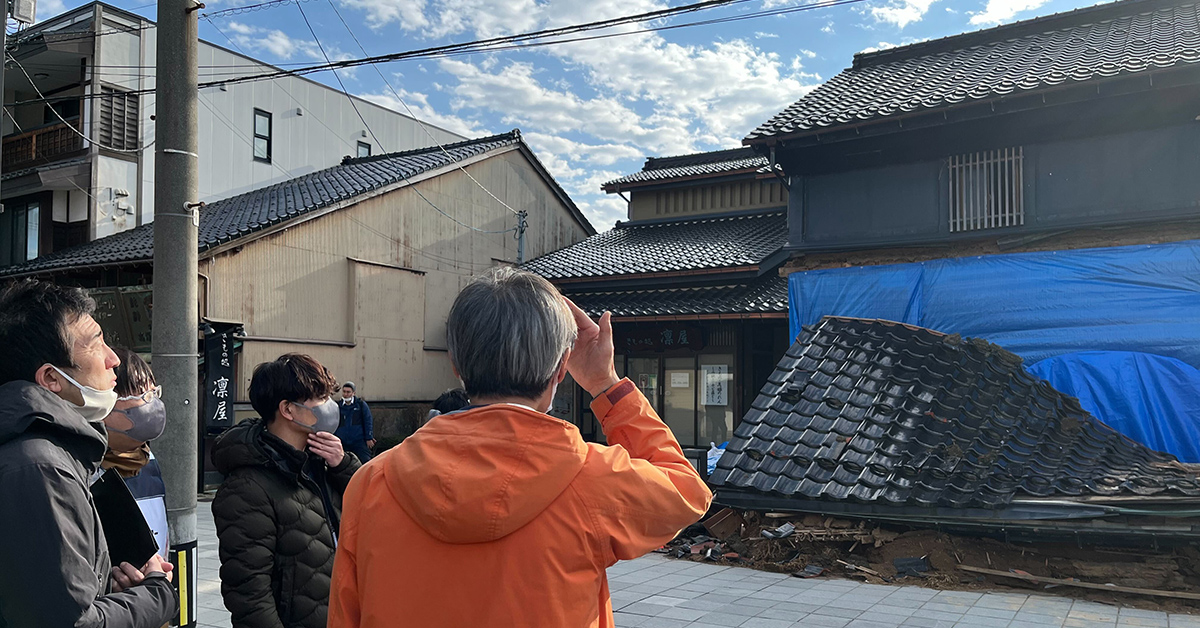
*A damaged area of the Ipponsugi shopping street in Nanao City. (Jan.31, 2024)
――LY Corporation has proactively taken immediate actions to disasters, such as information dissemination, donation and delivery of supplies. What is the motivation behind these actions?
The short answer is that we have internalized the responsibility. We provide services to a large number of users, which means we bear huge social responsibilities.
There is a French expression and idea called "Noblesse oblige" meaning people who hold wealth, power, and prestige should work for the benefit of the society. I believe that the idea of corporate social responsibility (CSR) was originated from that.
Even if some employees may not understand the logic, I believe that all employees understand the responsibility of the company, which can influence the society through our media and social media services. That is why we ideate emergency action plans on a daily basis and were able to take actions spontaneoualy even during the New Year holiday.
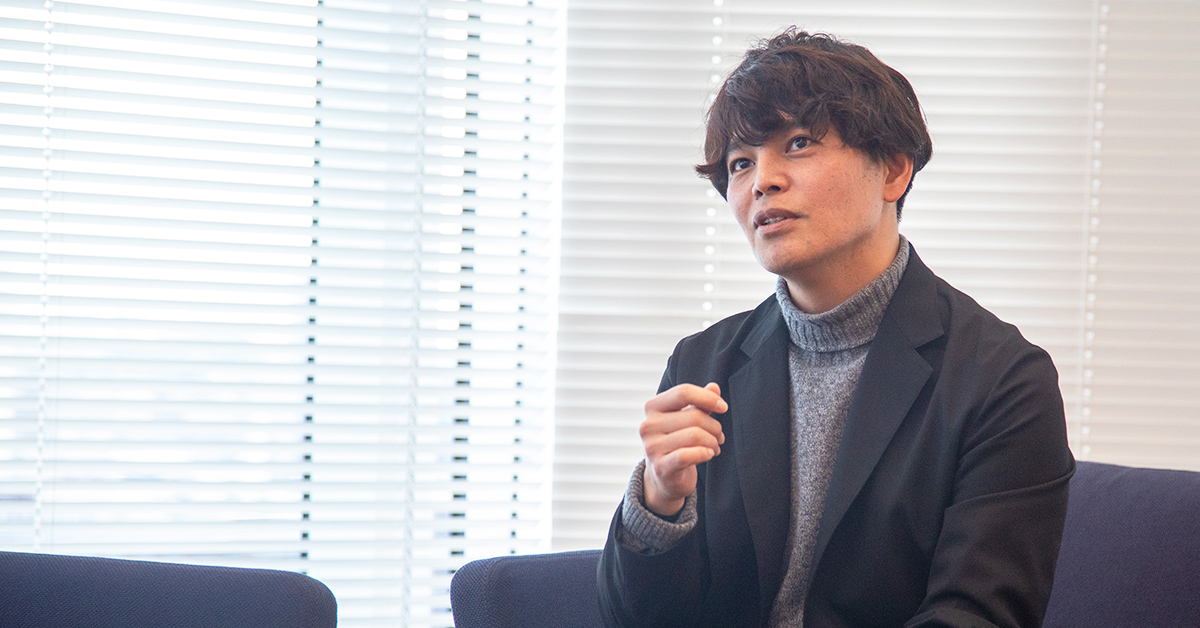
Further Enhance the Services to Align User Needs in a Disaster-Prone Country
――Why does LY Corporation put more effort on disaster prevention, mitigation and recovery support compared with other social challenges?
The reason why we focus on these challenges is because we operate our business in Japan, which is a disaster-prone country. Daily life in Japan always coexists with the risks of disasters, we provide a life platform that supports the lives of our users and in such a country. Therefore, disaster prevention, mitigation and recovery support are our top social issues to be addressed.
――Please let us know your future vision and attitude toward recovery aid and disaster prevention after the corporate merger.
What we learnt from past experience is not always sufficient to set up a support plan, and it is essential to imagine the specific need for each case. In fact, the circumstance of the Noto region is different from that of the areas previously affected by major disasters, such as the Tohoku region and Kumamoto Prefecture. After the corporate merger of LINE and Yahoo Japan, LY Corporation now has a wide variety of services and technologies, including media, communication tools and so on. Another benefit is that we can reach out to a wide range of users. By leveraging these assets, we must enhance our disaster prevention capability and mitigate damage as much as possible, and speed up the processes of recovery and revitalization for disaster affected areas. Therefore, from now on, I believe that it is important that LINE and Yahoo! JAPAN leverage the advantages and strengths of each service by dividing roles and responsibilities.
I visited the Noto region and fully realized that the LINE app is integrated into people's everyday lives, and LINE OpenChat is widely used. LINE gains ground as a communication tool, whereas Yahoo! JAPAN, which has a role as media, is good at disseminating and sharing information as seen in the 3.11 project. In the whole process from disaster prevention and mitigation to recovery and revitalization support of affected areas, we would like to combine each other's strengths and unleash synergies in the future.
Interview date: February 6, 2024
Note: The information covered in this article is current as of the interview date.

- About The LY Corporation Story
- Making daily life more convenient and exciting for everyone.
As our corporate blog, The LY Corporation Story will share the inside story behind the challenges that we take on to create WOW! as well as the thoughts and feelings behind them.


